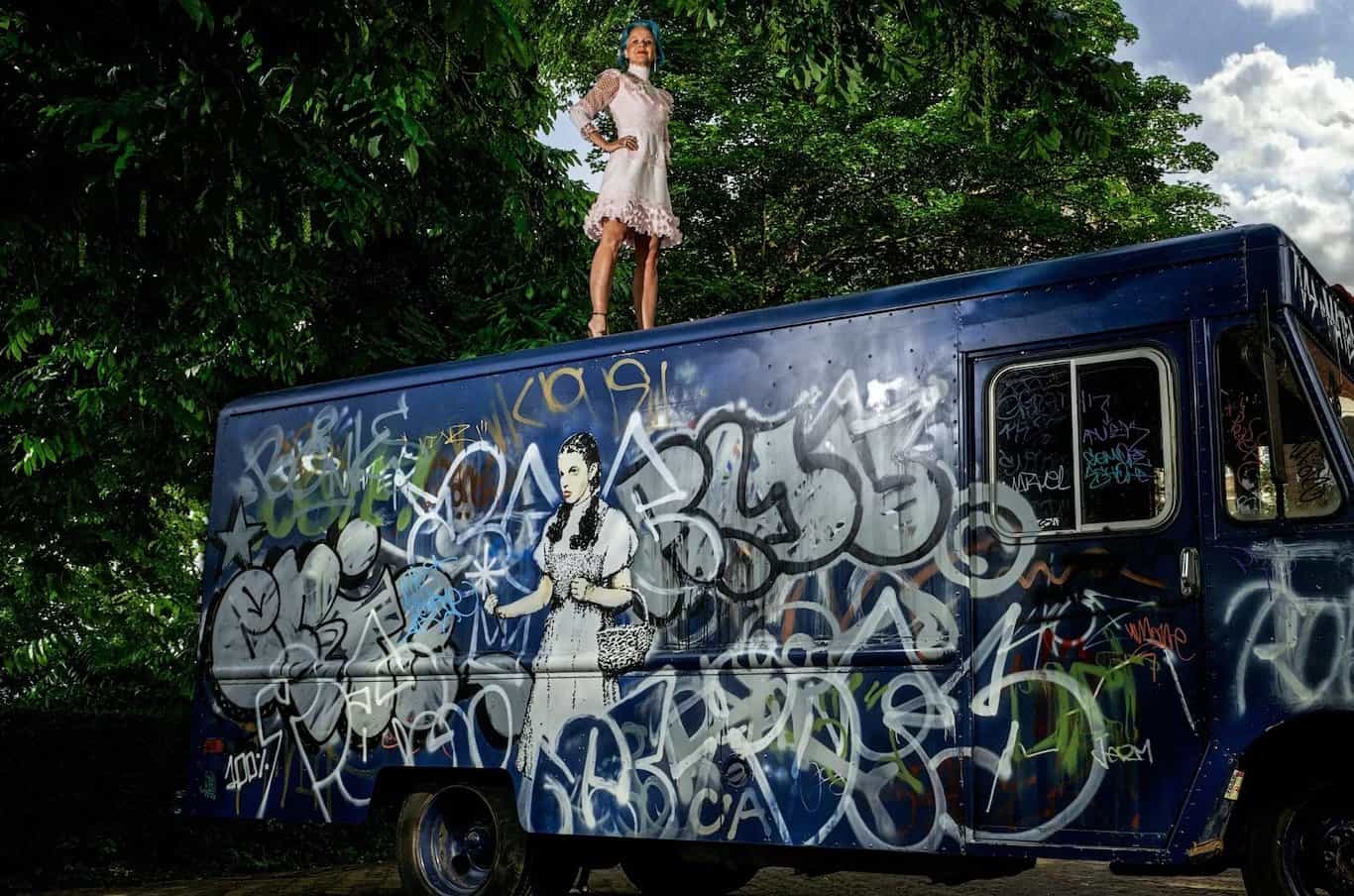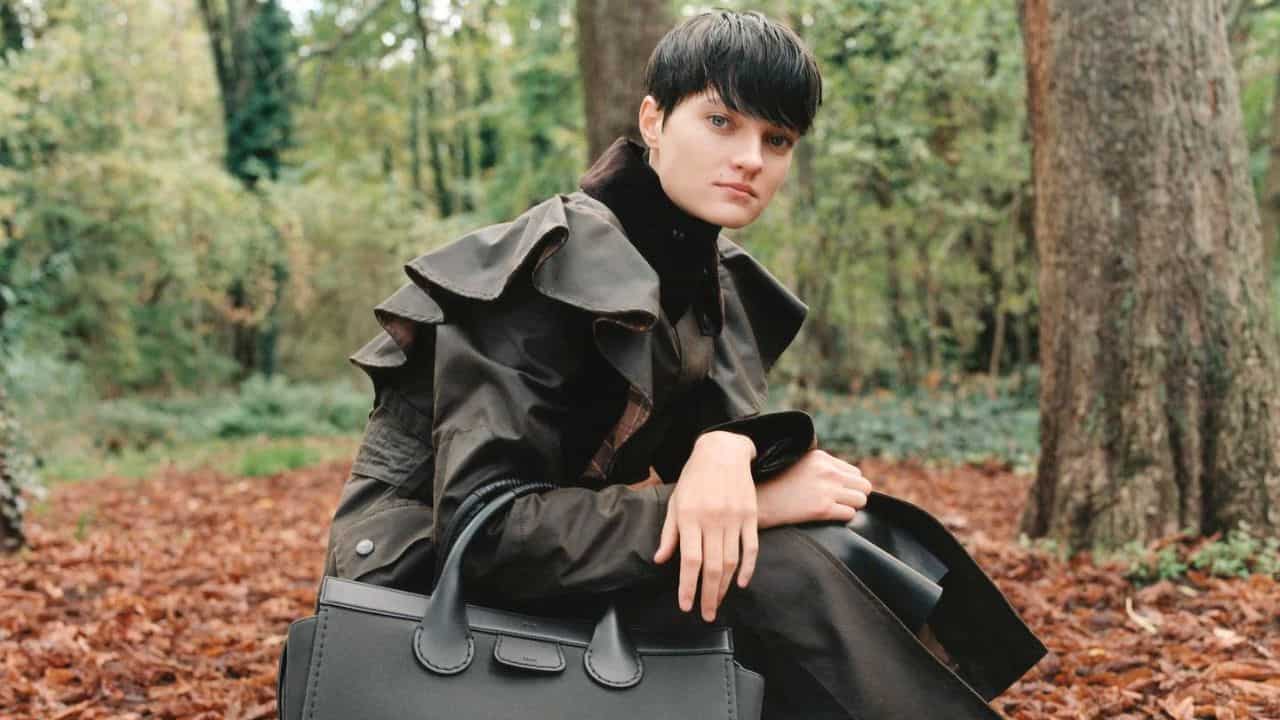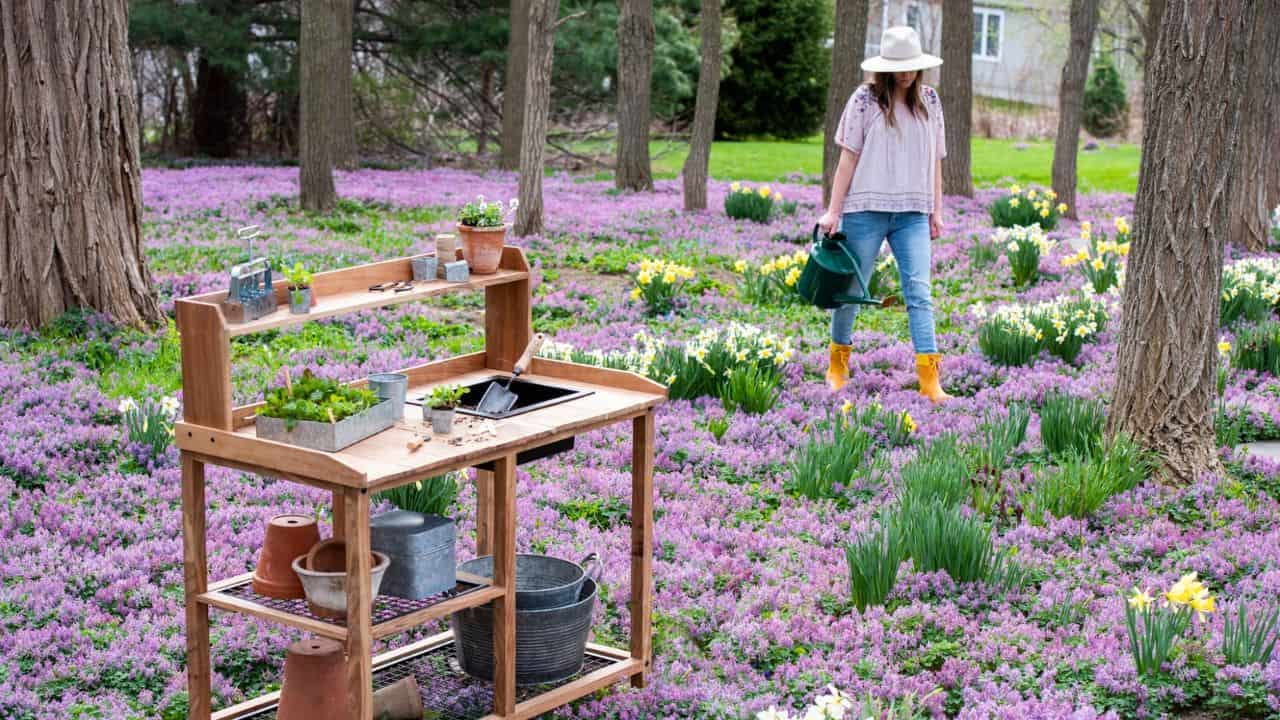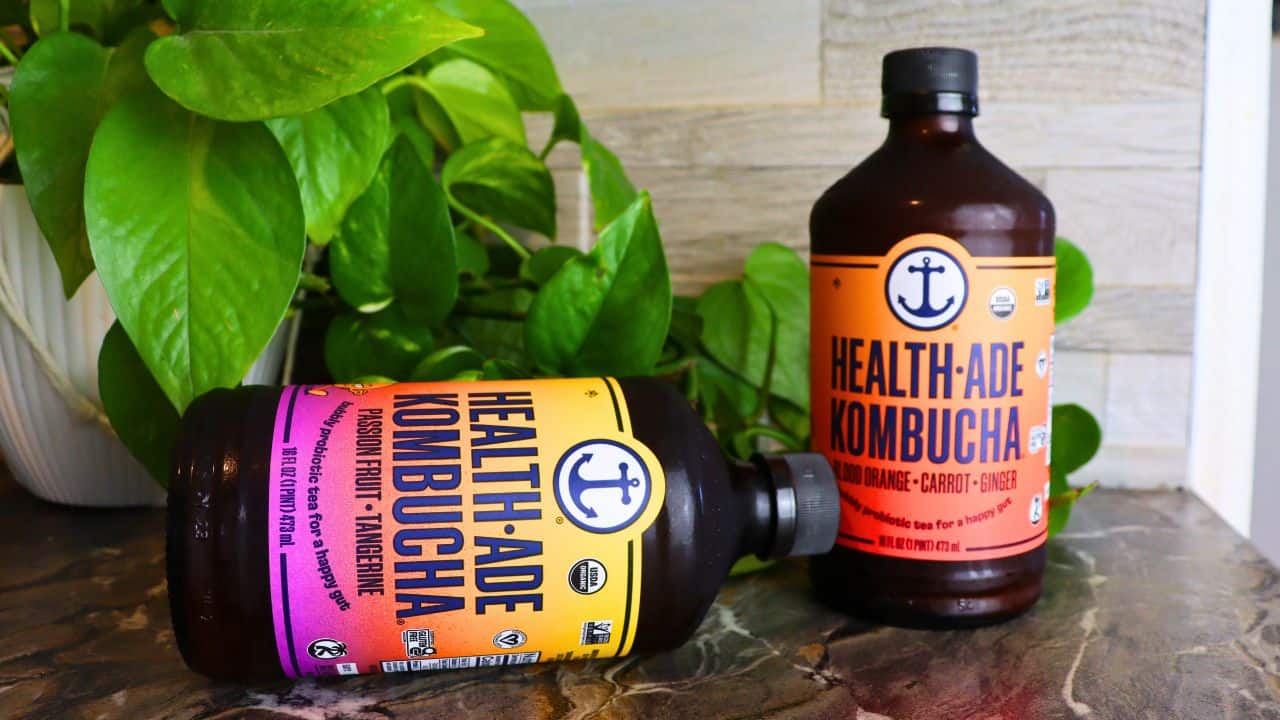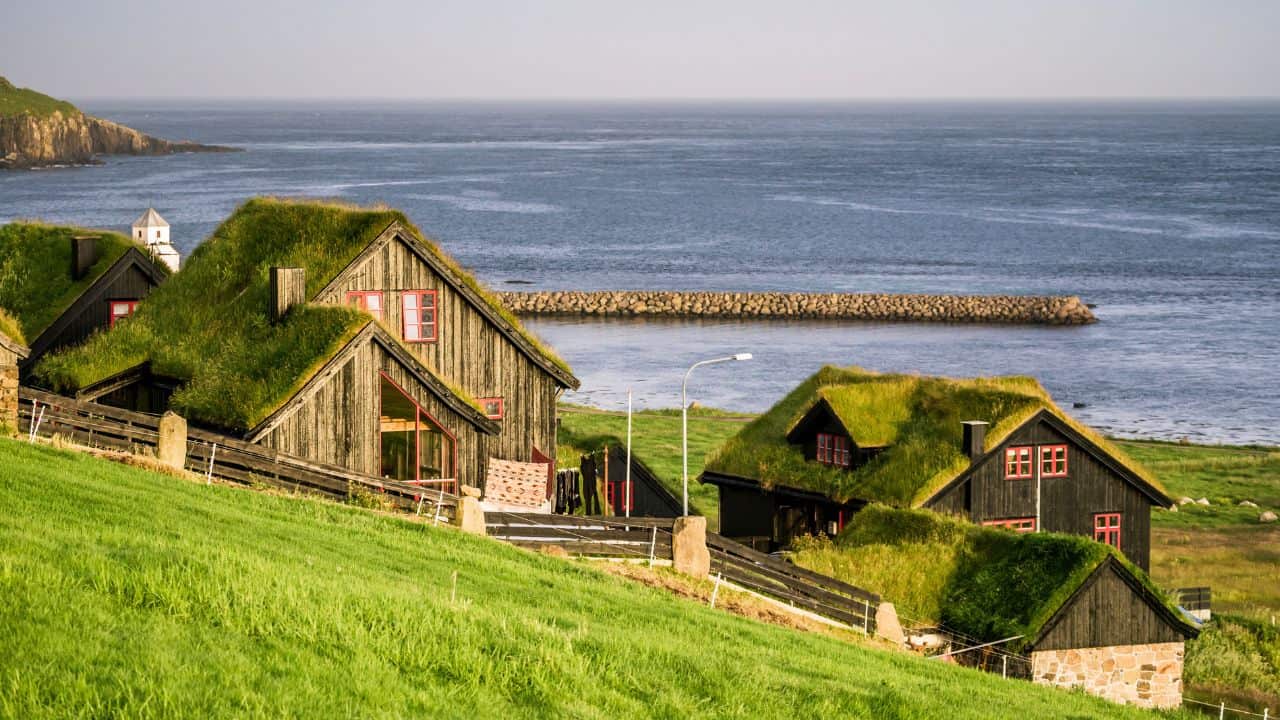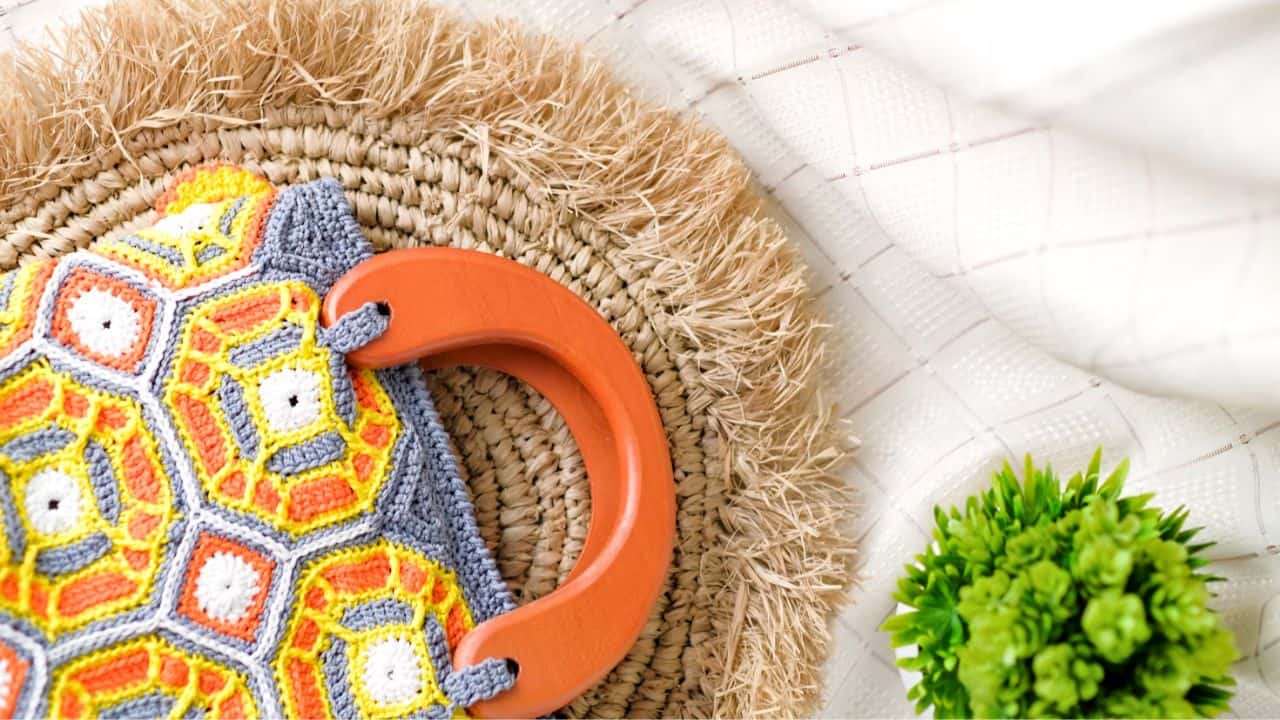While the high street is still such a feasible and popular consumer model, more and more people are shopping sustainably and thinking about eco-friendly fashion, says Amira Arasteh.
Millennials, in particular, are adopting a more sustainable lifestyle and this is showcased prominently through fashion choices.
There is no denying that it takes more thought and time to be sustainable in our fashion choices. But we have never had so much choice and variety should we choose to make this choice and go green through our clothing.
1. Thrifted not gifted
Head to ‘The Ninth’, Amsterdam’s famous shopping district and most of the stores are vintage shops. We don’t know what is spilling out of the doors more; the clothes which are on their way to finding a new home or the many people who are inside shopping.
Episode is probably the most popular vintage concept, taking sustainable fashion very seriously. They take clothing that is donated to charities and sold to sorting companies and educate the companies on the difference between usable clothing and materials suitable for recycling. Clothing then arrives at Episode’s warehouse, where it is washed, repaired, if necessary and ready to be distributed to the vintage stores.
IJ-Hallen market is another spot to pick up second-hand goods, as is 50|50 Reshare Store. Laura Dols vintage store even stocks cocktail dresses and wedding attire if you are a true green fashionista.
Check In: Stay In The Centre Of Amsterdam And Save The Planet

2. Fashion For Good
‘Did you know that in a typical wardrobe, 1/3 of the clothing has not been worn in one year?’
‘Nearly 60% of all clothing produced ends up being buried or in landfills within one year of being made?’
These are just some of the statistics that are on the mirrors as you enter the Fashion For Good museum.
It is the world’s first sustainable fashion museum, ready to educate those who visit. To make this easier, unlike many museums in the world, there is no entry fee, as the founders simply want to share the message that our clothes matter and have an effect on the world. They showcase brands such as Reformation, Allbirds and La Fille d’O, which all put sustainability at the forefront of their brands, using recycled synthetics and materials such as merino wool to create their products.
Read more about Fashion For Good’s sustainable fashion campaigns here.

3. Leaders of textile recycling
“Within the next ten years, I want all garments to have about 20% – minimum – of post-consumer content, worldwide. So, if you discard your garments, you put it in a bin and it ends up as insulation in a car or mattress or a sleeping bag. We want to make that certain,” says Hans Bon, founder and owner of Wieland Textiles.
Located just outside Amsterdam, Wieland Textiles, is a clothing collection company which takes responsibility for the textiles donated to clothes banks.
The aim? For every new item of clothing produced over the next ten years to contain at least 20% of used fibres. Every piece of clothing that is taken to the facility is either sold across 40 countries, used for cleaning clothes or sorted by fibre composition (using the innovative Fibresoft technology) to be upcycled into new textiles.
“I’ve been dreaming since 2008 but let’s do something now, rather than just dreaming. You have to start somewhere,” says Bon.
Traid off: What happens to your clothes when you recycle them?

4. It’s the future of fabric
“To be honest, you won’t hear me say the world ‘sustainable’ a lot because I think it should be a no-brainer,” says Borre Akkersdijk, at By Borre.
From his textile innovation studio, Borre and his team work on material development, functionality and aesthetics and have their own knitting and innovation lab, atelier, specialists and textile experts to achieve this.
He wants to work with big brands to give people the opportunity to know where the fibres of their clothes come from. Part of the solution for a sustainable fashion industry is finding ways to create exciting fabrics in new ways, and using the circular economy to create a design system that uses waste products rather than virgin ones. When I swung by his By Borre studio in Amsterdam, he showed me his work with brands such as Ecco and Gore-Tex, and new fabrics such as nylon made from coffee waste.

5. It’s about quality not quantity
We have heard this phrase so many times but it has importance now, more than ever. Truly sustainable brands will not mass-manufacture like the high street does; they do not want to over-produce and risk wasting clothes which will be reduced to landfill.
Dutch brands such as Crafted Society in Amsterdam, specialise in luxury goods, merging the ideas of fine craftsmanship and positive change. 100% of the products are made in Italy, and they are all quality products, produced in limited quantities.
Founded by husband and wife, Martin Johnston and Lise Bonnet, the duo believe that we should buy less, but when we do make purchases, we should be consciously consuming and buying quality products. What’s more is that 1% of every order from the brand goes towards supporting non-profit organisations educating the next generation. I had my eye on these pink beauties and they’ll last me a lifetime.
Want to embrace this at home? Here’s how to dehaul your wardrobe this summer.

6. Organic is affordable
‘Buy less, buy better, buy Unrecorded.’
Daniel and Jolle of unrecorded.co believe that the way forward for fashion is to appreciate well-made pieces, as well as our planet. Following Patagonia‘s model, they want to do what they do with urban style what the pioneering B Corp has done for outdoor wear.
One of the biggest issues for people with sustainable fashion is that a lot of the time, it is less affordable than the high street. Unrecorded want you to think differently. Well made 100% organic clothing will last longer than fast fashion and you buy for need rather than want.
Their GOTS certified premium fabrics are made by skilled workers who are paid fair wages. Unrecorded believes that looking good is crucial in this day and age but at what cost? Sustainability needs to be at the core of garment manufacturing, from sourcing the materials to actually producing the clothes.
What’s Wrong With Fast Fashion?
7. You can borrow clothes from a library
The LENA fashion library is an innovative concept which combats the problem of not wanting to wear the same thing twice, even if you love a minimal wardrobe, you might want to change it up for a special occasion.
Offering a quality vintage and designer clothing loan system, this is LENA’s pioneering efforts to try to tackle the horrifying amount of textile waste generated every year (which often ends up as landfill) is a noble one. Borrowers have a month to return their rented items of clothing or, if you are not local to the capital, you can buy these preloved pieces and take them home for good.
8. It’s easy to eat green
Sustainable thought does not only exist in Amsterdam’s fashion industry, eco-friendly eating is rising in popularity in the Dutch capital.
With its own greenhouses and garden, sustainable restaurant, De Kas, grows its own vegetables, herbs and edible flowers. The chefs create a daily menu, depending on what is harvested and all the other ingredients are sourced from local suppliers. Owner Gert Jan Hageman saved the greenhouses from being demolished when she purchased them from the Amsterdam Municipal Nursery and created this eco-restaurant.
Also check out INStock, which works to turn food surplus into fresh meals. Employees go round local supermarkets and rescue unwanted food; often this can be perfectly usable. For example they might find perfectly good oranges that have a hole in the plastic net bag in which they’re contained, as it is cheaper to throw out the oranges than manufacture a new bag.
INStock save food like this – and one-day old bread or blemished fruit – and sort through them, quickly distributing them to their three restaurants in The Netherlands. Every meal is a surprise – for both guests and the chefs but I can confirm it is delicious. I tried a veggie bean burger, a veggie tempura taco and banana tiramisu. It was pretty incredible as I can’t make that normally, let alone with surplus food.
Table talk: Discover the vegan restaurant in Amsterdam where food is art

9. The next wave of designers are all about sustainable fashion
It’s not about being the biggest to become the best here in Amsterdam.Studio Frowijn, led by designer Liselore Frowijn, uses its small space to build beautiful designs – all with sustainability at the core.
Having witnessed the lack of sustainability in the fashion industry, from her fashion design education, to her work assisting design teams post-graduation, Frowijn soon realised that the fashion industry model would not last long-term. She had an interest in where materials come from and in 2018, changed her label into a series of collections which are all produced on a small scale. This results in limited manufacturing and manufacturing of recycled material and local fabrics.
Updated every quarter, online only, it is Frowijn’s way of reducing production and, therefore, consumption in the fashion industry. This artisanal approach ensures that limited and luxury pieces are created, with high quality fabrics so they last. Key pieces from the brand include voluminous coats made of recycled materials such as eco-silk, eco-wool and eco-cotton. Sportswear such a leggings are made from recycled Lycra.
Frowijn has chosen to remain small, in order to prioritise her sustainable values. Can more brands do the same?
10. It’s home to some fab eco-fashion activists
“Fast fashion is bad quality; that is why we throw it away? Nonsense. Do we see people walking around in broken clothes? Or do we see people walking around in repaired clothes? No. We throw it away because we don’t like it anymore. If we throw away fast fashion because it is bad quality, then why do we buy jeans with holes?” asks Antoinette van den Berg a.k.a. The Lady in Blu.
Fashion is the second largest polluting industry in the world. The goal of Re-Love Foundation is to reduce the pollution the fashion industry contributes to the environment through promoting less consumption of new clothes.
We consume four times as much new clothing than we did 20 years ago but it is only by reducing this unnecessary consumption that we can reduce the pollution the fashion industry contributes to the environment. Sustainability and the need for conscious consumerism are at the core of Re-Love Foundation’s values and they want to spread the message with as many people as they can.
The Lady in Blu is a clear example of how we do not need to buy endless ‘basic’ pieces for our wardrobe and that extravagant and eclectic clothing can be worn over again and styled in various ways.
